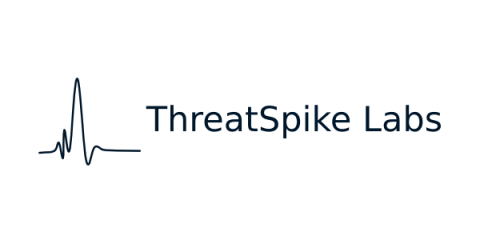Security | Threat Detection | Cyberattacks | DevSecOps | Compliance
January 2023
CREST and Hack The Box launch CREST certification-aligned penetration testing training labs
Vulnerability Assessment vs. Penetration Test: A Case of Mistaken Identities
If you’ve been in the realm of penetration (“pen”) testing in any capacity for any length of time, you’ve probably experienced the conversations around inconsistent pen testing results across teams or vendors. This isn’t anything new in the pen testing world. The conversations probably ranged from friendly internal team banter to more serious discussions with external vendors on pen testing program success metrics. Is this a case of mistaken identity?
Do you need penetration testing for compliance?
A lack of compliance is increasingly becoming a major barrier for sales, forcing security directors to be more in tune with their organization’s revenue and growth goals than ever before. To help ease this pressure, companies are seeking to fulfill compliance requirements faster. In this article, we’re deep diving into the two most common security testing options that companies employ for their compliance initiatives: penetration testing and vulnerability scanning.
A Pen Tester's Guide to Content Security Policy
In this article, we’ll look at Content Security Policy through the eyes of a penetration tester. We will outline the advantages of CSP, explain why you should have it on your site, and share some common misconfigurations that can be exploited, along with the relevant bypass scenarios. What is Content Security Policy?
Why Choose Penetration Testing as a Service?
For companies looking to stay ahead of the ever-evolving cybersecurity landscape, penetration testing is one of the most important services they can invest in. Penetration Testing as a Service (PTaaS) provides businesses with an effective way to identify security vulnerabilities before they become major issues and cause irreversible damage.
83 Penetration Testing Statistics: Key Facts and Figures
Penetration testing is a booming market due to the unquenchable and growing need for continuous testing of security that is deployed for various assets like web applications, networks, mobile applications, and cloud environments.
CREST Accredited Penetration Testing: Your Go-To Guide
CREST or Council of Registered Ethical Security Testers is a non-profit membership body that was established in 2006 as a response to the need for more regulated, standardized cybersecurity services.










